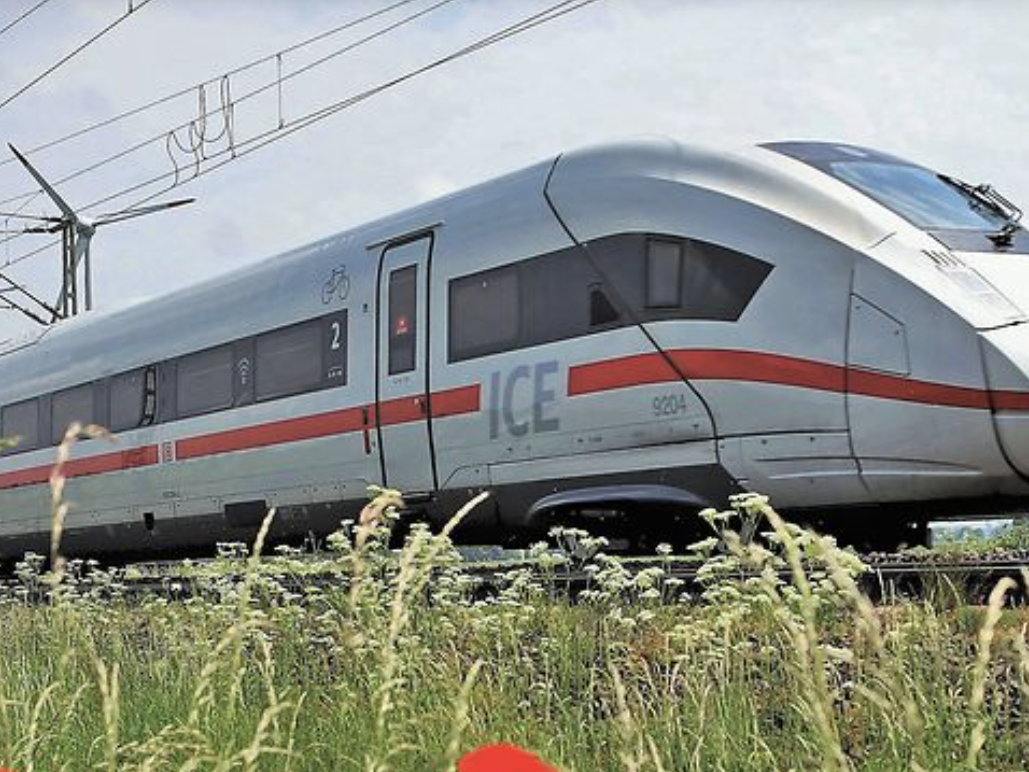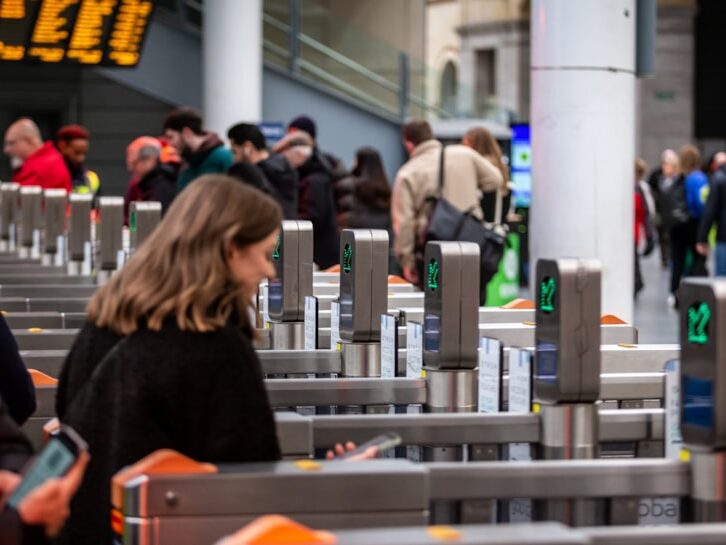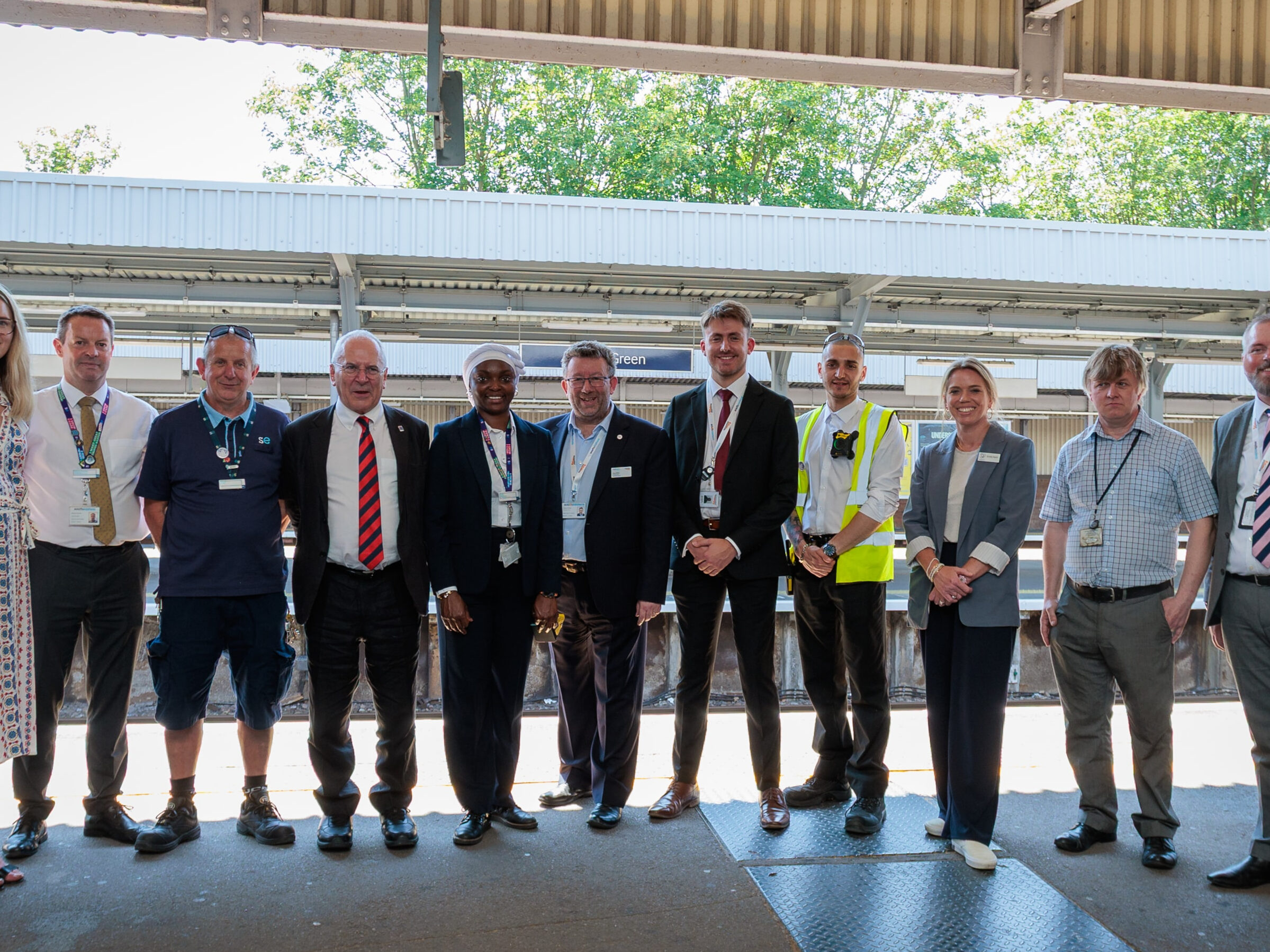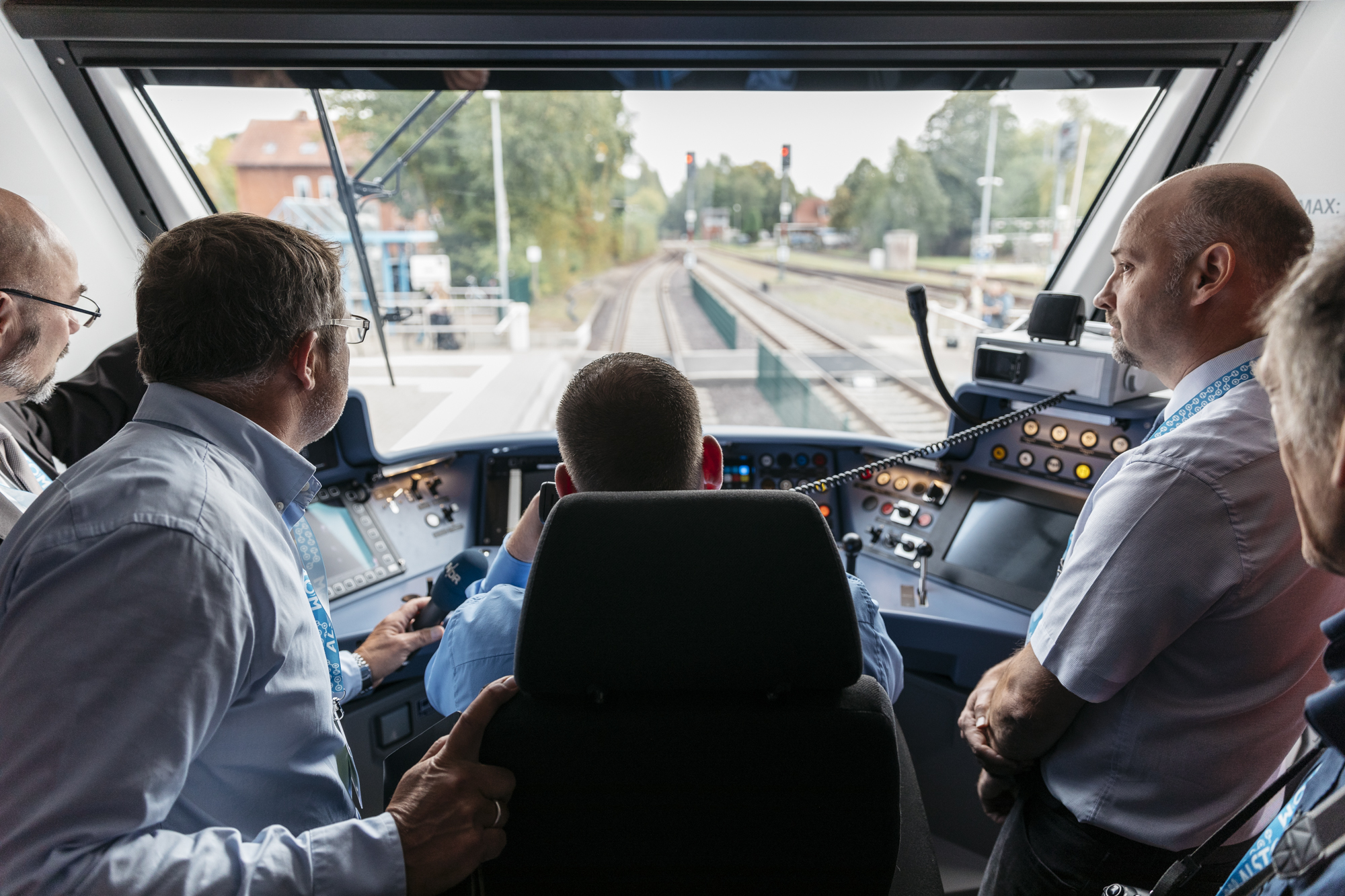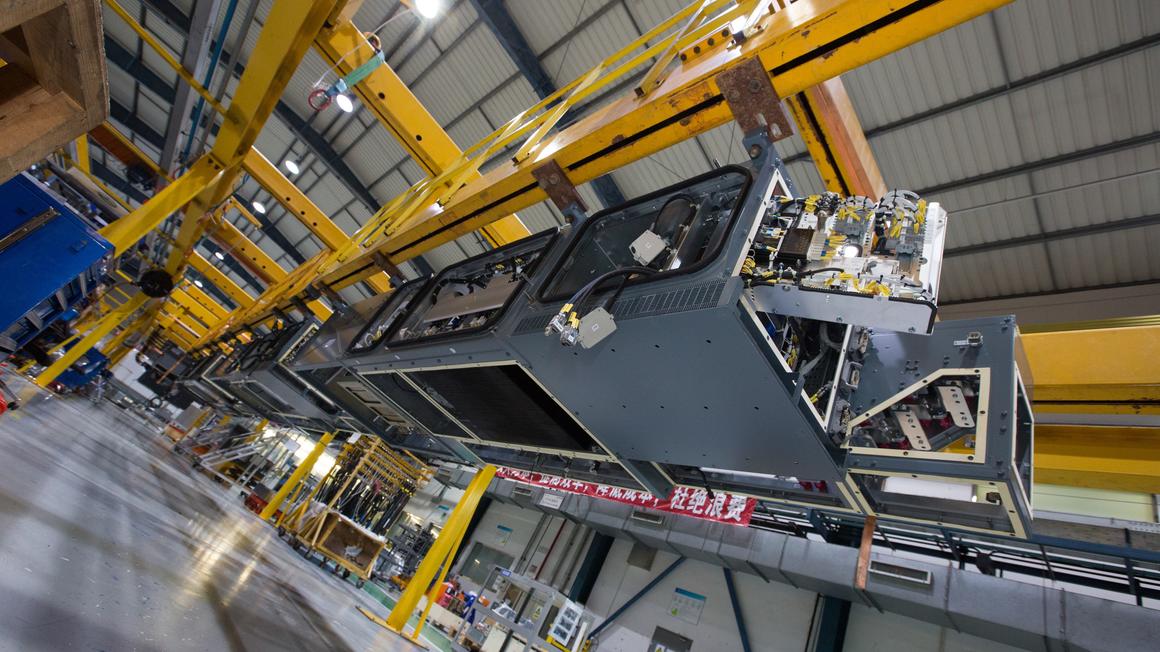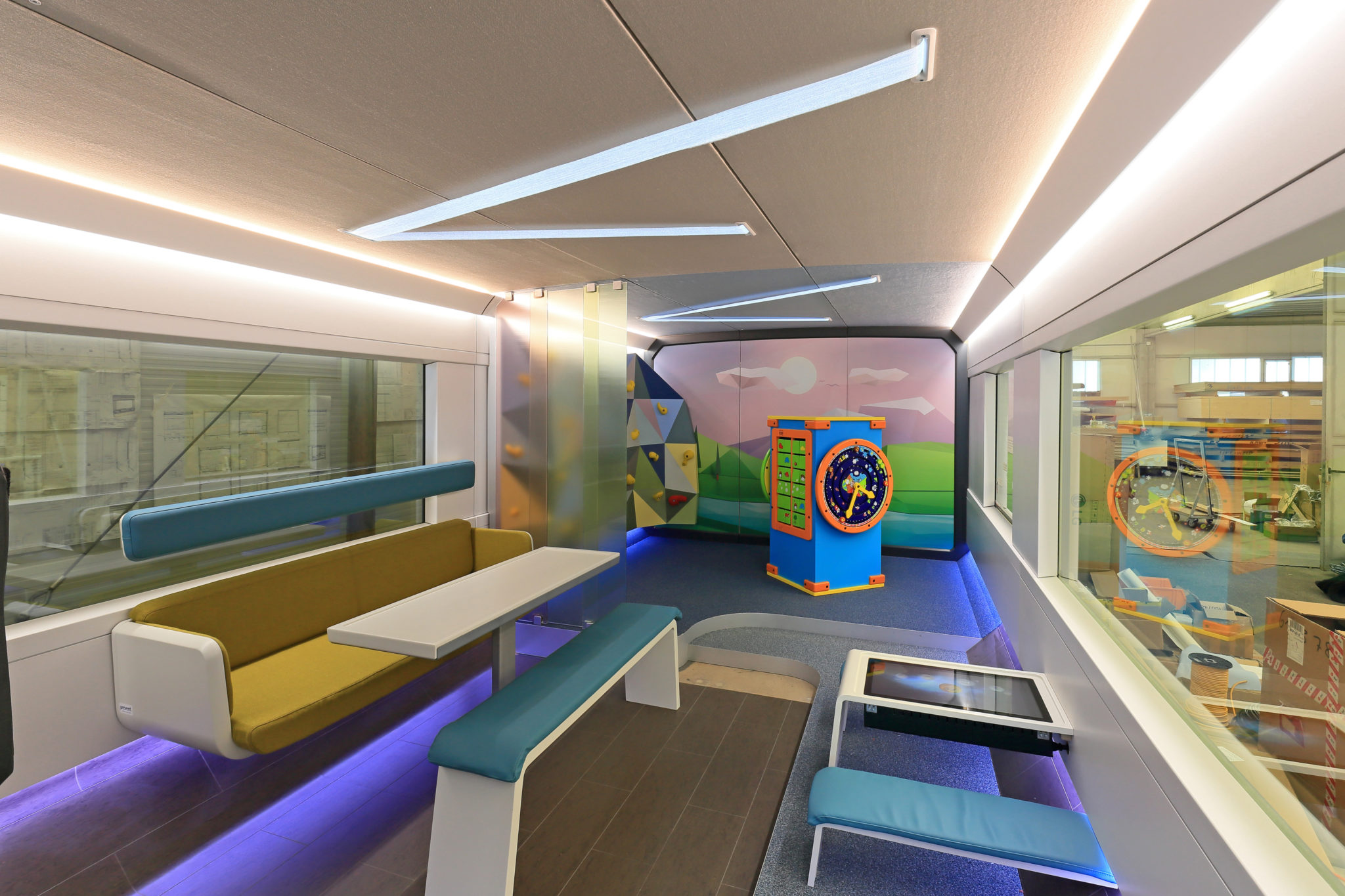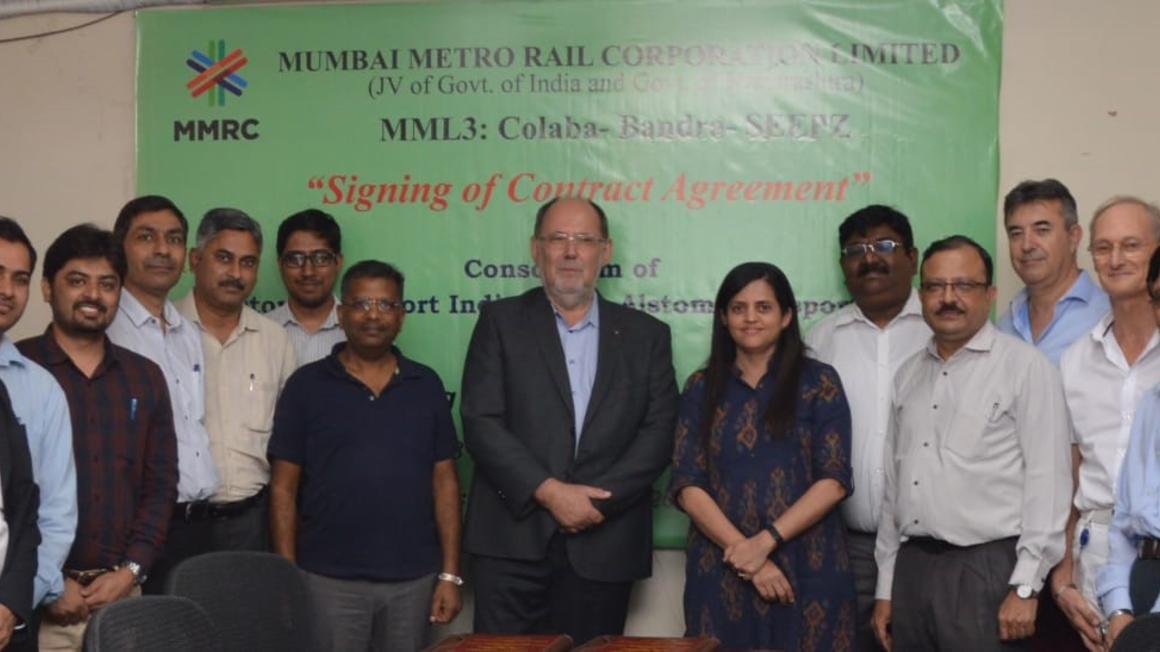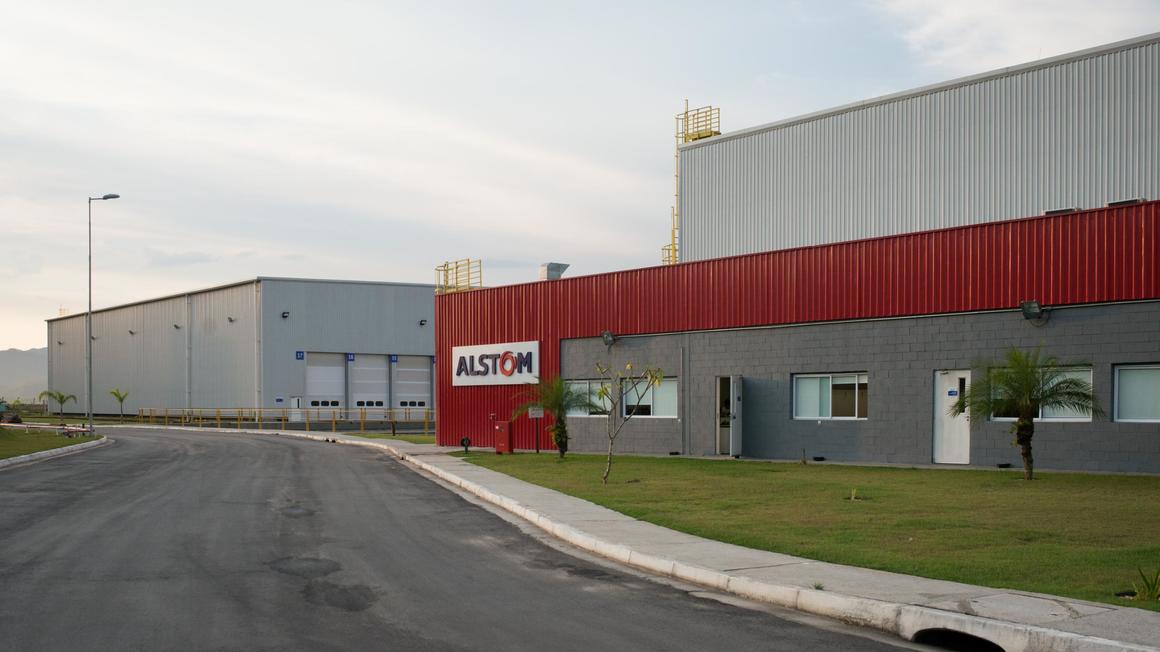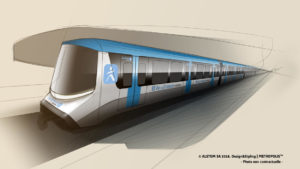
The Société du Grand Paris and Île-de-France Mobilités have contracted Alstom Transport to design and build high-capacity driverless metro trains for lines 15, 16 and 17 of the Grand Paris Express. The system, which will encircle the French capital by extending existing lines and building new ones, should become operational in 2030.
The contract with Alstom, which is fully financed by Île-de-France Mobilités, is worth up to 1.3 billion euros and covers the supply of a maximum of 183 trains (1,000 cars) in three and six-car formations. The first payment of 680 million euros to cover the acquisition of 53 trains from Alstom was approved by Île-de-France Mobilités on 11 July 2018. In addition to this order Alstom will definitely provide Île-de-France Mobilités with at least 25 six-car trains for 280 million euros. The first trains will be delivered from 2022 onwards and enter service during 2024. Île-de-France Mobilités intends to lease some of the trains to other operators in the future.
Thierry Dallard, President of the Board of Directors of Société du Grand Paris, said:
“The acquisition of the trains destined to run on the lines of the Grand Paris Express represents the accomplishment of one more step in implementing the new metro. It follows the award of a series of important civil engineering contracts and paves the way for the first contracts for the systems that will equip these infrastructures. This is good news for companies who are seeing their order books fill up, as well as for the residents of Île de France, for whom the Grand Paris Express is taking more shape every day.”
Henri Poupart-Lafarge, Chairman & CEO of Alstom, said:
“We are very proud of the renewed confidence of Île-de-France Mobilités and the decision of Société du Grand Paris to award this new contract to us. We are also particularly pleased to contribute, through this new project, to the government’s determination to double the Paris metro network over the next 15 years.”
The new trains will accommodate up to 500 and 1,000 passengers in the three and six-car formations. The trains, which are based on Alstom’s Metropolis range, will feature three large doors on each side and a panoramic windscreen at the front of the train.
The on-board diagnostic system will provide maintenance teams with an overview of the fleet’s condition, making it easier to service the trains between operations. Alstom has also extended the maintenance sequence of the trains, which should reduce the cost of maintaining the vehicles throughout their life-cycle. The traction and auxiliary converters incorporate the latest technology developed by Alstom for optimised energy consumption. In the design phase special attention was paid to noise emissions, vibrations and atmospheric emissions. Electric braking systems will reduce brake particle emissions even at very low speeds and limit the use of brake discs. The train is 96% recyclable and 98% reusable.
The trains will be designed and manufactured at six of Alstom’s sites in France. Valenciennes Petite-Forêt (project management, studies, development, production, assembly and validation), Saint Ouen (design), Le Creusot (bogies), Ornans (engines), Tarbes (traction systems) and Villeurbanne (on-board electronics and remote maintenance system). The project will provide 1,150 jobs in France, including 350 at Alstom. The company will prioritise the employment of people experiencing ‘social and professional difficulties’ in some positions at these sites.

















